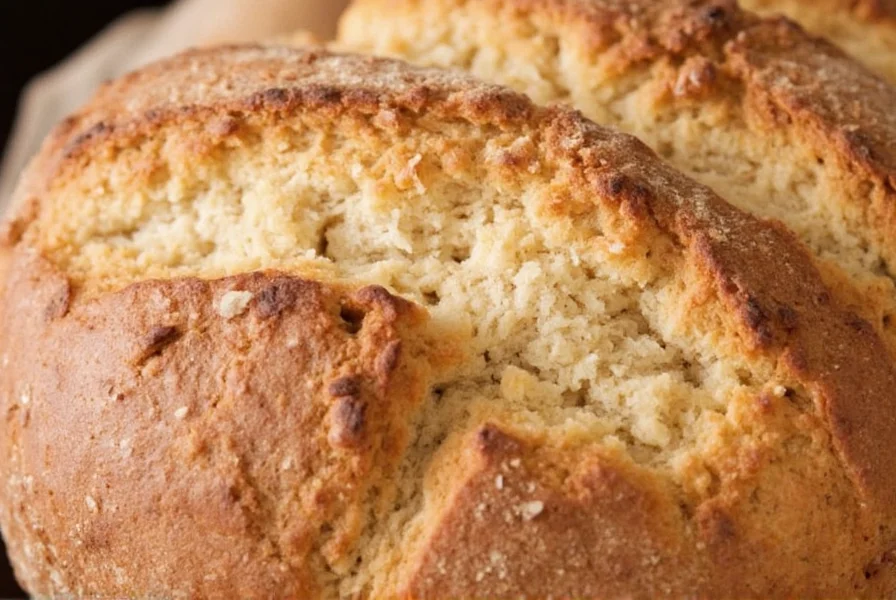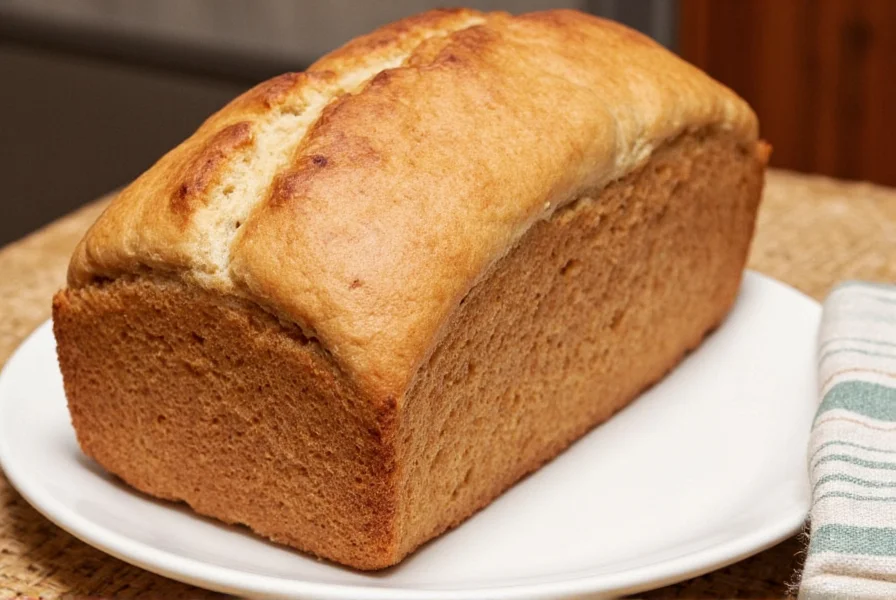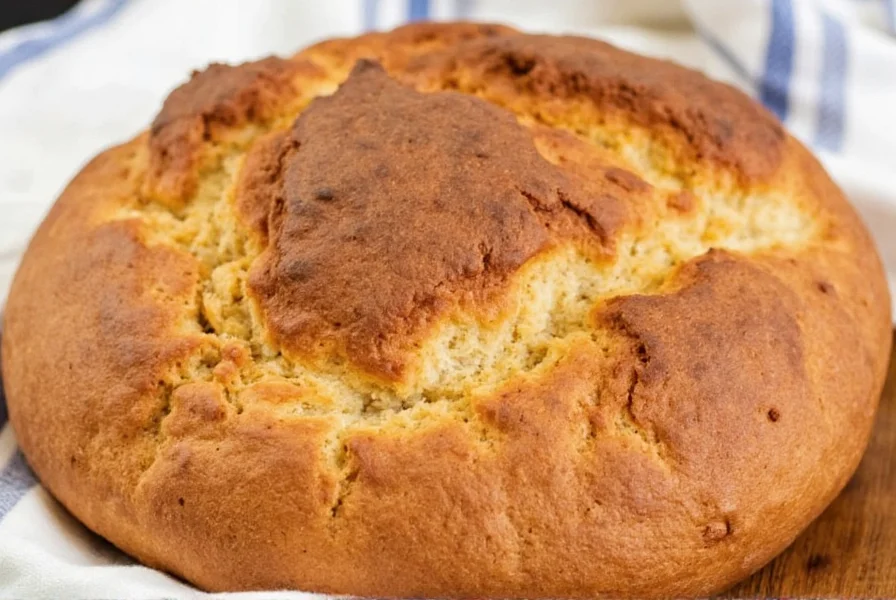For generations, Amish cinnamon bread has delighted families with its comforting aroma and rich flavor. This beloved baked good stands apart from ordinary cinnamon bread through its unique preparation method and distinctive layered appearance. While not exclusively Amish in origin, this style of bread became popular through Amish communities' baking traditions, particularly in Pennsylvania Dutch country.
The True Origins of Amish Cinnamon Bread
Despite its name, Amish cinnamon bread isn't a traditional Amish recipe passed down through centuries. The Amish community's baking traditions primarily focused on practical, everyday breads rather than sweet specialties. The 'Amish' designation likely emerged from commercial bakeries marketing cinnamon-swirl bread as "Amish-style" to evoke wholesome, homemade qualities.
What makes this bread special is its preparation technique. Traditional Amish cinnamon bread uses a sponge method where a portion of the dough ferments overnight. This slow fermentation develops complex flavors and creates the bread's characteristic tender texture. The multiple cinnamon layers—rather than a single filling—are what truly distinguish authentic Amish-style cinnamon bread from standard versions.

Key Characteristics of Authentic Amish Cinnamon Bread
Several features set genuine Amish cinnamon bread apart from ordinary cinnamon bread:
| Feature | Amish Cinnamon Bread | Regular Cinnamon Bread |
|---|---|---|
| Swirl Pattern | Multiple distinct cinnamon layers throughout | Single central cinnamon swirl |
| Dough Preparation | Often uses sponge method with overnight fermentation | Typically made in one day |
| Texture | Softer, more tender crumb from slow fermentation | Slightly denser texture |
| Flavor Complexity | Deeper, more developed flavor profile | Simpler, more straightforward sweetness |
Traditional Amish Cinnamon Bread Recipe
Creating authentic Amish cinnamon bread requires patience but yields exceptional results. This traditional recipe makes two loaves and requires approximately 18 hours from start to finish, mostly for the slow fermentation process that develops the bread's signature flavor and texture.
Ingredients
- 2 cups warm milk (110°F)
- 2 packages active dry yeast (4 1/2 teaspoons)
- 1 cup granulated sugar, divided
- 1/2 cup unsalted butter, softened
- 2 large eggs
- 1/4 cup water
- 1/4 cup vegetable oil
- 1/4 cup honey
- 1 tablespoon salt
- 6-7 cups all-purpose flour
For the Cinnamon Filling
- 1 cup packed brown sugar
- 3 tablespoons ground cinnamon
- 1/2 cup unsalted butter, melted
- 1/2 cup chopped pecans (optional)
Step-by-Step Baking Instructions
Day 1: Creating the Sponge
- In a large bowl, combine warm milk, yeast, and 1 tablespoon of the sugar. Let sit for 5-10 minutes until foamy.
- Add 2 cups of flour and stir until smooth. Cover with plastic wrap and let ferment at room temperature for 8-12 hours (overnight).
Day 2: Completing the Dough
- To the fermented sponge, add remaining sugar, softened butter, eggs, water, oil, honey, and salt. Mix well.
- Gradually add remaining flour, 1 cup at a time, until dough pulls away from the bowl and forms a soft ball.
- Knead dough for 5-7 minutes until smooth and elastic. Place in greased bowl, cover, and let rise until doubled (1-2 hours).
Shaping the Loaves
- Punch down risen dough and divide into two equal portions.
- Roll each portion into a 12x18 inch rectangle on a floured surface.
- Spread half the melted butter over each rectangle, then sprinkle with half the cinnamon-sugar mixture (and pecans if using).
- Starting from the long side, roll each rectangle tightly into a log. Pinch seam to seal.
- Carefully slice each log lengthwise, leaving one end intact. Twist the two halves together and tuck the cut end under.
- Place each twisted loaf in a greased 9x5 inch loaf pan. Cover and let rise until doubled (45-60 minutes).

Perfect Baking Results: Temperature and Timing
Bake the loaves at 350°F for 30-35 minutes, or until golden brown and internal temperature reaches 190°F. The slow fermentation process means the bread will bake more evenly and develop a richer flavor than quick-rise versions.
Immediately after removing from the oven, brush the tops with melted butter and sprinkle with additional cinnamon-sugar if desired. Let cool in pans for 10 minutes, then transfer to wire racks to cool completely before slicing. This cooling period allows the structure to set properly.
Common Amish Cinnamon Bread Problems and Solutions
Even experienced bakers encounter issues with this specialty bread. Here are solutions to frequent problems:
- Collapsed swirls: Over-rising causes the delicate layers to collapse. Don't let the shaped loaves rise more than doubled.
- Dense texture: Using too much flour creates a heavy loaf. Measure flour properly by spooning into measuring cups and leveling.
- Leaking filling: If the cinnamon mixture seeps out during baking, you've used too much butter or didn't seal the dough properly.
- Uneven browning: Rotate pans halfway through baking for even color. Tent with foil if tops brown too quickly.
Serving and Storage Recommendations
Amish cinnamon bread tastes best when slightly warm. For optimal flavor, wait until the bread has cooled for at least two hours before slicing. The multiple cinnamon layers create a beautiful marbled pattern when cut, making it perfect for special occasions or holiday breakfasts.
Store cooled bread in an airtight container at room temperature for up to 3 days. For longer storage, wrap tightly in plastic wrap and aluminum foil, then freeze for up to 3 months. Thaw at room temperature and refresh in a 300°F oven for 10 minutes before serving.
Why This Recipe Works: The Science Behind Amish Cinnamon Bread
The overnight sponge method isn't just tradition—it's food science. The extended fermentation allows natural enzymes to break down starches into simpler sugars, which:
- Creates more complex flavor compounds
- Develops gluten structure more gently
- Produces natural sugars that caramelize during baking
- Results in a more tender crumb with better shelf life
This slow process can't be rushed without sacrificing the distinctive qualities that make Amish cinnamon bread special. While quicker versions exist, they lack the depth of flavor and texture that define authentic Amish-style cinnamon bread.











 浙公网安备
33010002000092号
浙公网安备
33010002000092号 浙B2-20120091-4
浙B2-20120091-4